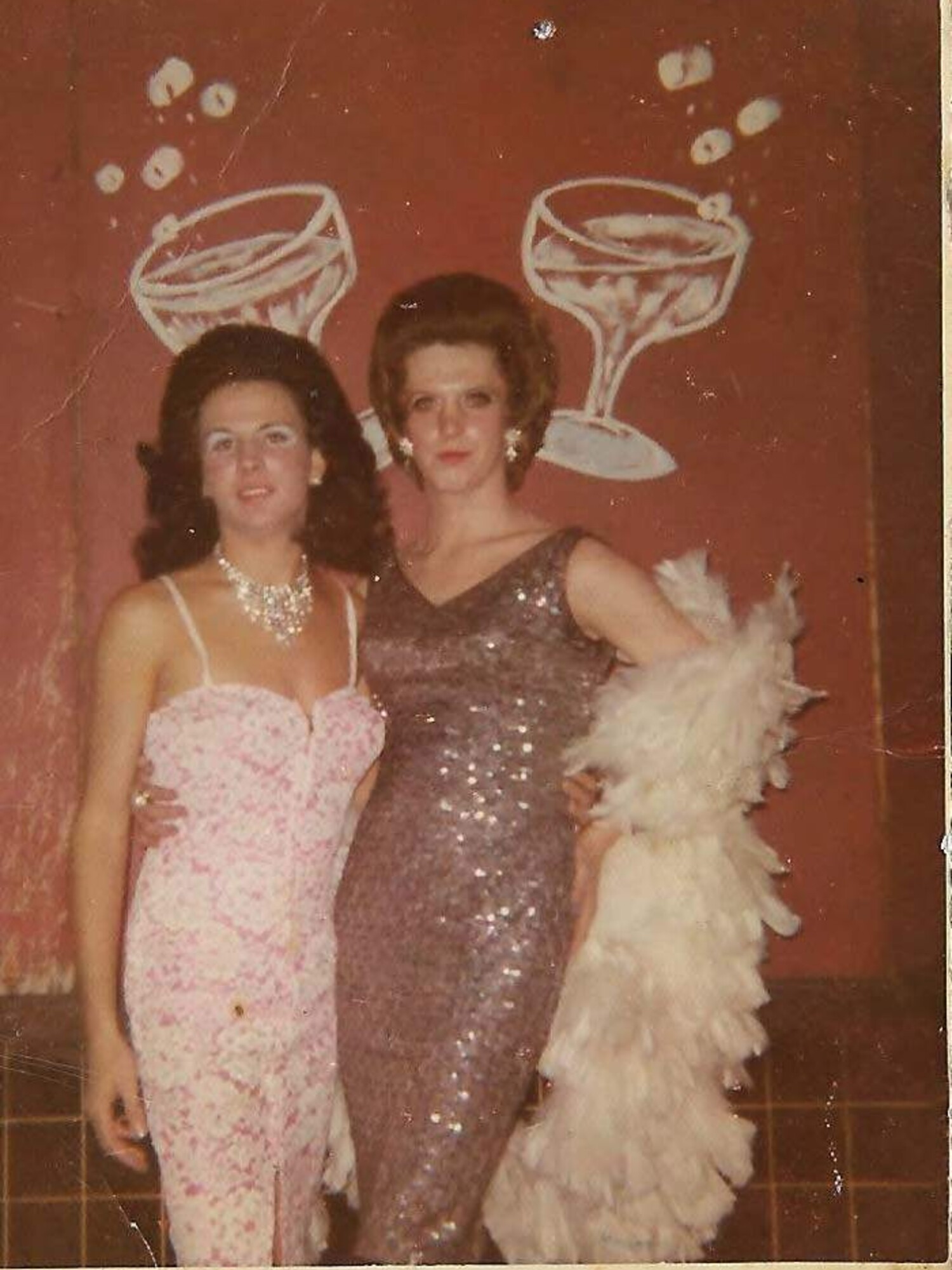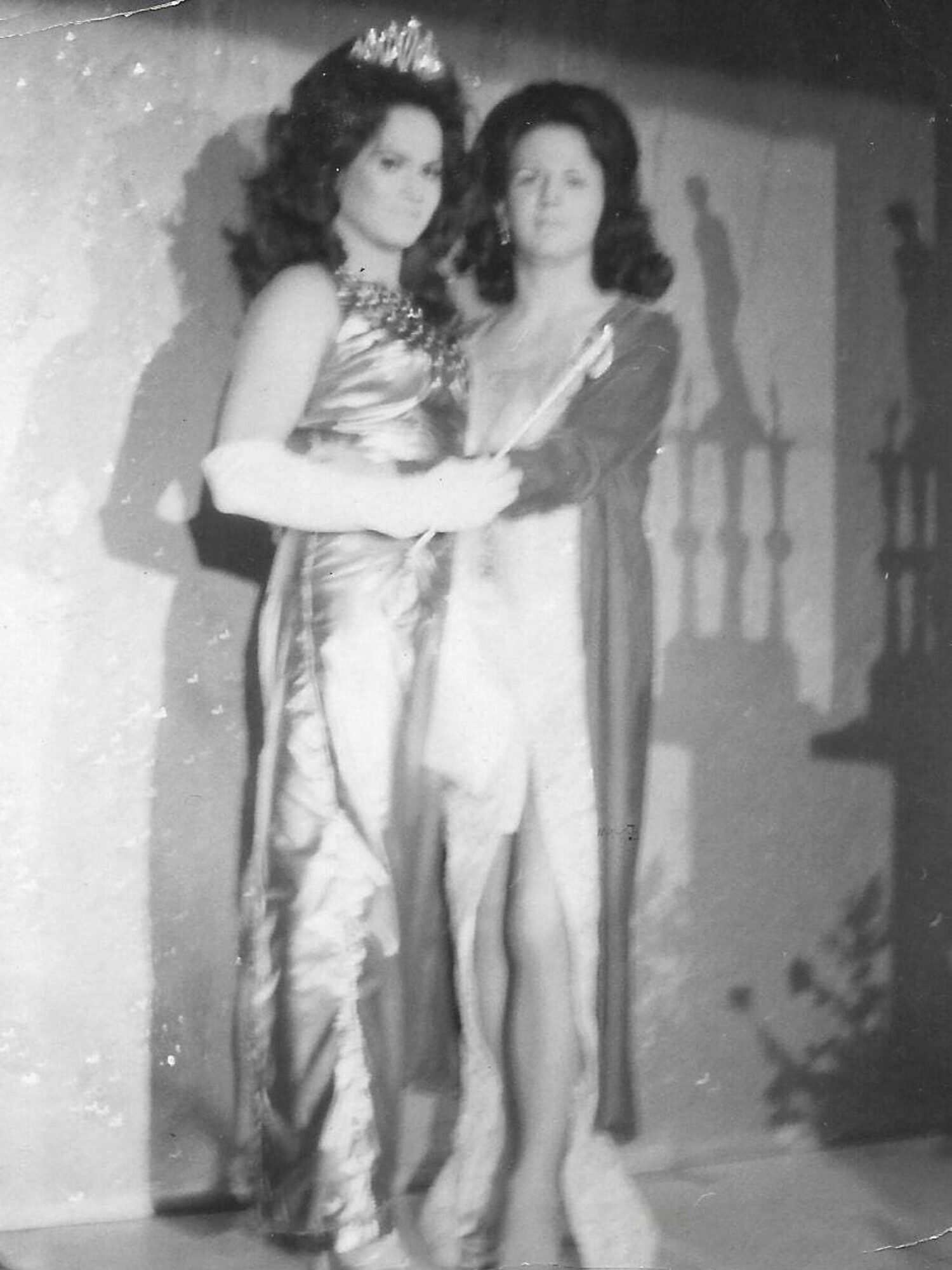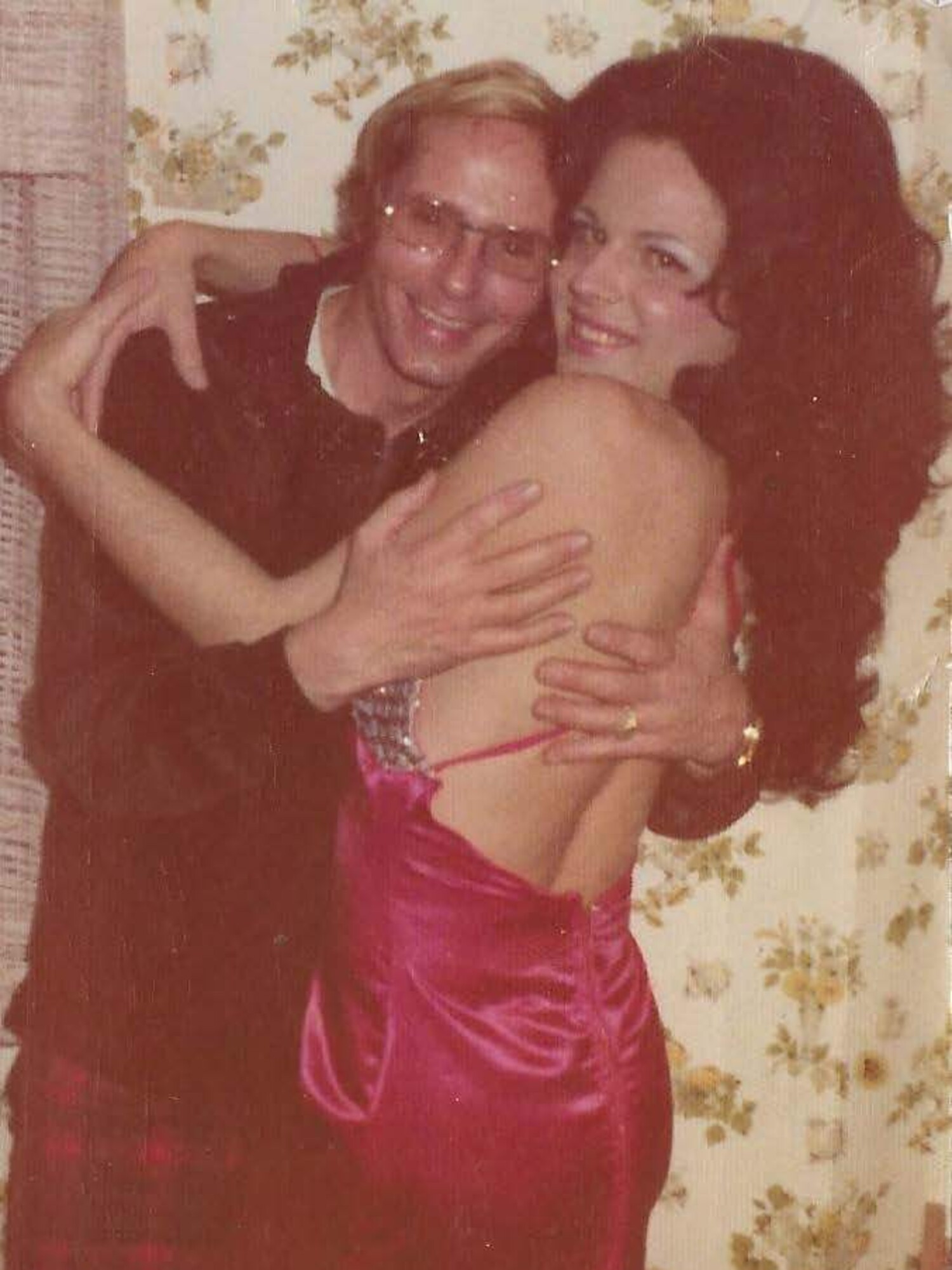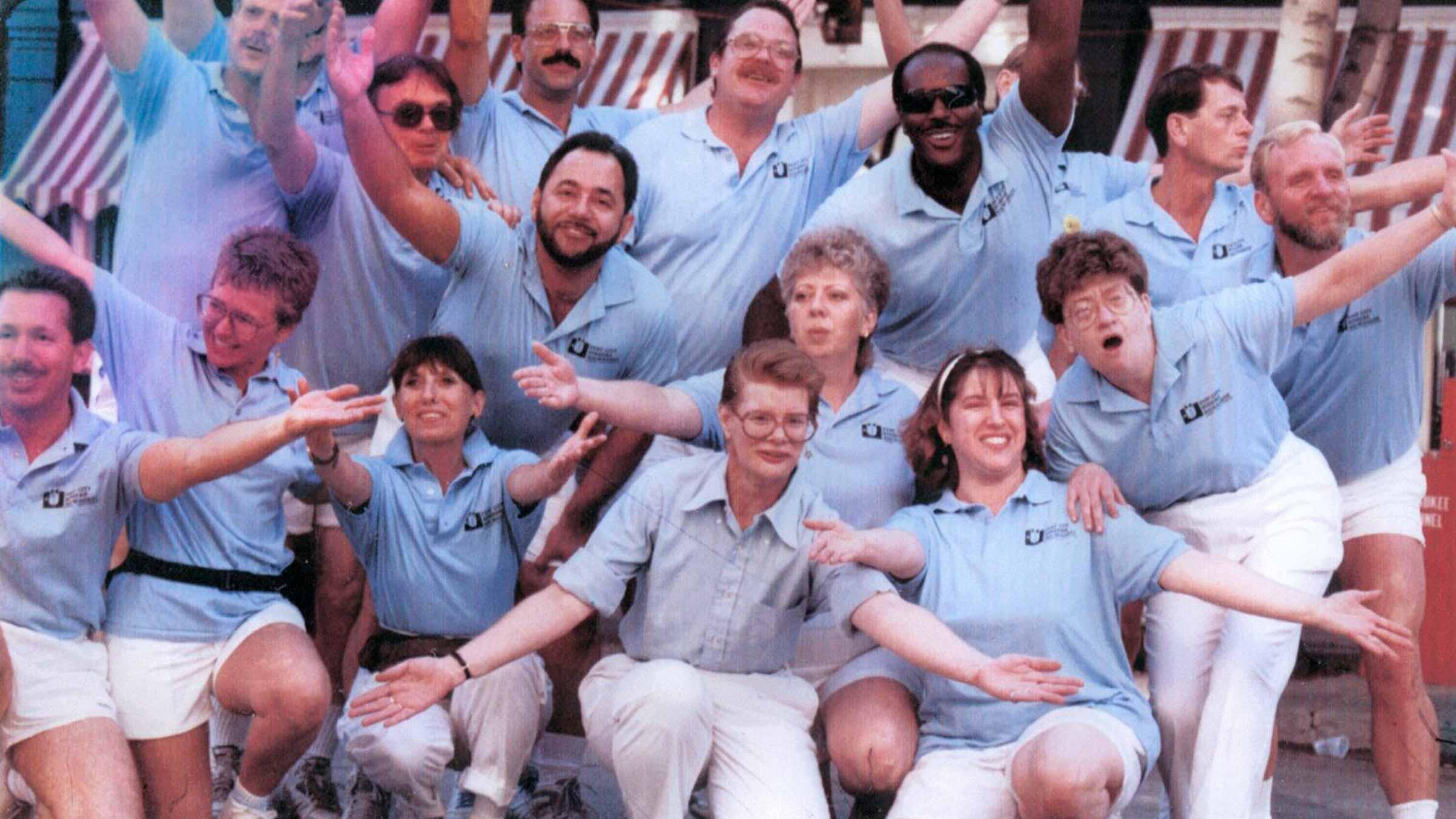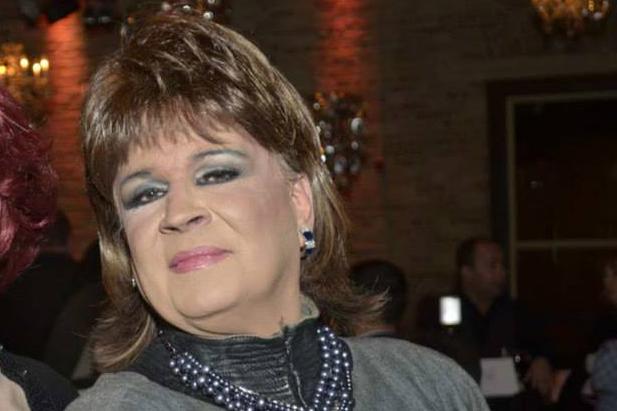
Samantha Stevens: the mother of Milwaukee drag

“We called ourselves queens back then, because we really were the queens of Milwaukee.”
Sam grew up in the Mid-City neighborhood around 37th and Kilbourn. He was born into two Wisconsins: the white Wisconsin of half his family, and the Native American Wisconsin of the other half. He is descended from the Lac du Flambeau Band of Lake Superior Chippewa Indians.
One of his earliest childhood memories is watching the Miss America pageant every year, while the rest of his family wanted to change the channel. He also remembers decorating the house for the holidays with his mother and grandmother, and always trying to create picture perfect experiences.
Like many queer youth, he was sometimes teased by neighborhood kids. “Ah, it was alright for me,” he said. “I had older brothers who would protect me when people would say things. I just didn’t really pay attention to the bullies. I didn’t give them the time of day.”
He also remembers his father pointing out the Mint Bar (422 W. State St.) and warning Sam that he was "manhandled" inside by queers. "That raised my eyebrows for sure," said Sam.
As a teenager, he sought out his people at places like Big Boy and the Loop Café.
“That’s how we found out about gay places back then: meeting people and sharing stories. A lot of gay people hung out on Wisconsin Avenue, so we’d walk up and down the street to find them. There are a lot of people still alive who got into the gay community at that Big Boy!"
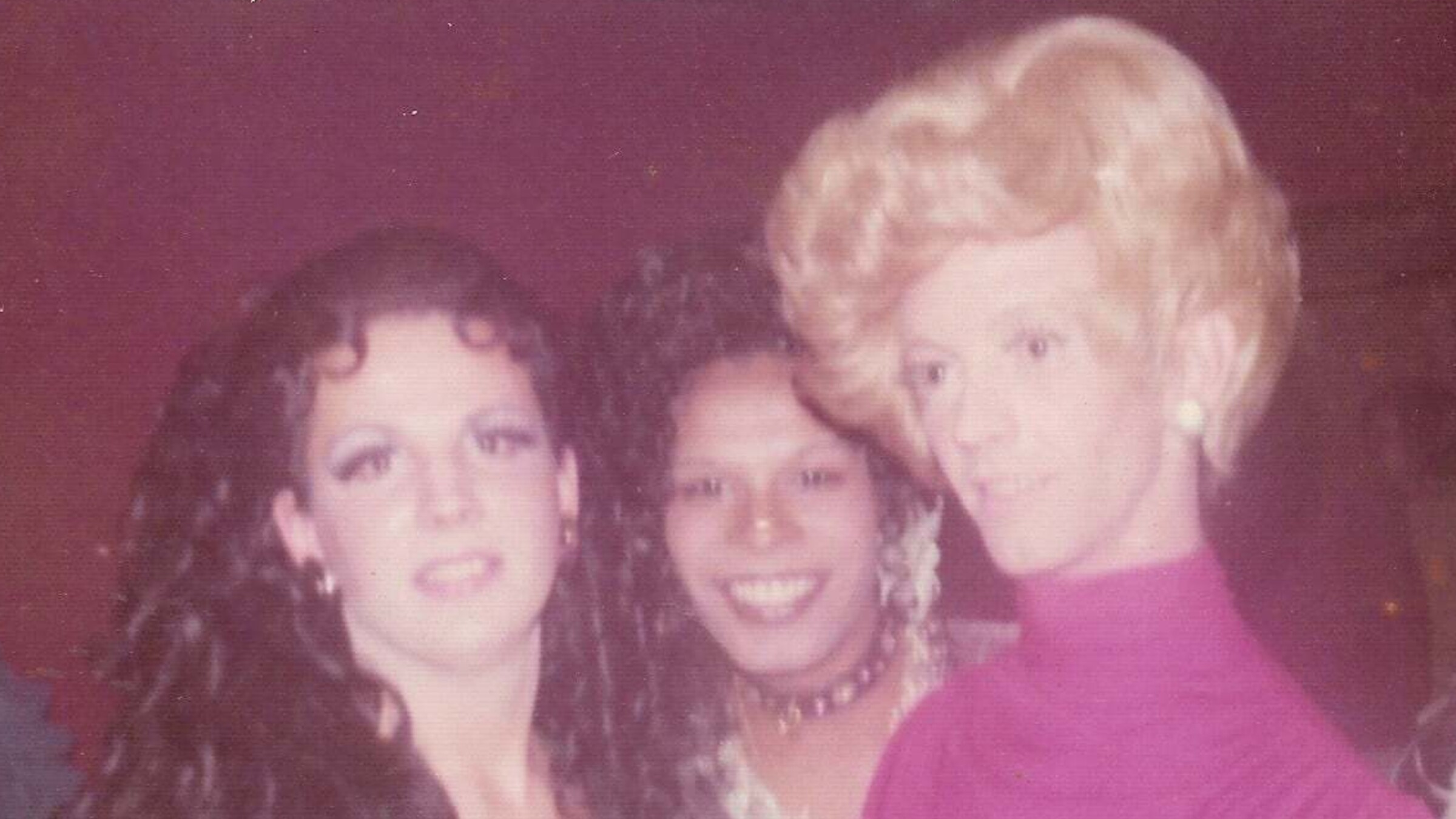 Samantha, Miss Donny and friend in 1974
Samantha, Miss Donny and friend in 1974
Elevating drag to the next level
Samantha launched a venture of her own: the Who’s No Lady Revue. With a powerhouse cast of top-tier drag talent, the Revue became Milwaukee’s superstar drag factory of the 1980s. The cast included big names -- Ginger Spice, Abby Rhodes, Coco Lopez, Josie Blake, Erica Stevens, Gloria P. Hole, Patty Kakes and Miss B.J. Daniels – and even bigger experiences at the newly opened Club 219.
“Ginger Spice was living about a block away from me on 14th and Wells with another queen,” Sam said. “We were all neighbors, so we got to be good friends and eventually got to talking business. I said, 'Hey, why don’t we start something together?' And that’s how the Who’s No Lady Revue got started."
“There had been drag shows before,” Sam said, “but nothing like this. These were true theatrical productions, top to bottom, start to finish, with high quality standards. You didn’t just go out there in a wig and a dress and lip synch. Oh no, no, no. You presented the full illusion until you became the illusion.”
“Sam pioneered the idea of a really glamorous show,” said B.J. Daniels. “She would always remind us: You’re not a drag queen, you are a female impersonator. Drag queens are obvious men. Drag queens are not artists; they just get dressed up and go out. She put together a real variety show of people – and she made sure every single person looked stunning in every single number. There was nothing tacky or cheap about the shows.”
“That was Sam’s claim to fame: She started a new trend for a new era. She elevated the art of drag to new levels. People were so taken in by our performances, they would actually be surprised that we weren’t women.”
'My work here is done'
“Some people complained, ‘Why do we need to pay Samantha when she doesn’t host and she doesn’t perform? What is she actually doing?’” B.J. said. "She was more than just our agent, more than a den mother. She was bringing the vision to life. That’s what she was doing.”
“People were always trying to undercut the girls,” Sam recalled. “I always found myself in arguments with venue owners who didn’t want to pay after a gig. Things got bad at Club 219, because the owners didn’t like me. I was too outspoken – they wanted me to do as I was told. But that’s just not me. One day, I told Ginger, 'Here you go, take the reins.' And I walked away and went to La Cage."
“Ginger stayed there until she died. She produced beautiful, enchanting, heart-stopping shows with B.J. and the Club 219 Girls. I would still go to the shows and visit her upstairs afterwards. But I was done.”
Under the tight quality controls of Samantha Stevens, La Cage’s shows elevated to Broadway-level productions that attracted crossover crowds several nights a week. La Cage and Club 219 were suddenly locked in competition to produce the fiercest drag shows Milwaukee had ever seen. Competition raged so hard that employees and customers had to choose their loyalties to one venue over another. Performers were treated as Milwaukee royalty.
“It was a Golden Age of Drag,” said Sam. “There’s never been anything like it – and there never will be.”
By this time, the Natatorium and J.J. Garlic's were long gone.
"I went to work one day and the doors were locked,” Sam said. “They were always getting into trouble for some reason or another. Licensing. Taxes. Violations. One day the doors just stayed locked.”
La Cage’s popularity continued to soar with the arrival of Holly Brown & Company shows in 1988. But Sam stepped out of the business in 1991.
“I got sick of going to bars and having to deal with the drama. And truth be told, so many of my friends were dying. Ginger. Josie. Holly. So many more. "One night I just said, ‘My work here is done.' It’s time to be in the audience now.”
In the late 1990s, Sam moved to Nashville, worked in a restaurant and frequented the famous Cabaret nightclub. He returned to Lac Du Flambeau circa 2003, then back to Milwaukee.
“I’d spent so many years of my life as a woman, but for some reason, I wasn’t feeling it anymore,” Sam said. "And then one night, I got dressed up and went out again.”
“I ran around for awhile with Miss Donny, another old queen, who was crazy but a lot of fun. I knew her and Brandy Alexander for 30-40 years. We all went out in drag everywhere: bars, restaurants, everywhere. We looked like real women, not the drag you see running around these days. And we were treated and respected like real, older women."
"But Miss Donny and Brandy are both gone now, like so many of my friends.”
The golden years
For the past five or six years, Sam has been living in Lac du Flambeau. He no longer expresses as Samantha because, as he said, “They wouldn’t know what to do with Samantha up here.”
He jokes that he is going back into the closet kicking and screaming.
“For some reason, I wasn’t feeling it anymore,” Sam said. “For forty years, I lived every day as a woman,” Sam said. "I went everywhere as a woman. I competed in pageants and competitions as a woman. I got on hormones and nearly had the surgery. But I was never one ‘clocked,’ never once hassled, never once arrested, never once sent to jail. Nobody ever tore off my wig once.”
“Samantha is and always will be the First Lady of La Cage,” said George Prentice, former owner of La Cage. "It was so wonderful to see her again at our '80s/'90s Reunion party."
"I am often asked: How do you identify? Well, I identify as me. When I was Samantha, I used female words to describe myself, because I was a woman. Now, I use male words to describe myself, because I am living as Sam. In the end, I’m just me. I don't call myself transgender, I just call myself a queen."
“We called ourselves queens back then, because we really were the queens of Milwaukee.”
 Samantha Stevens at The Pageant
Samantha Stevens at The Pageant
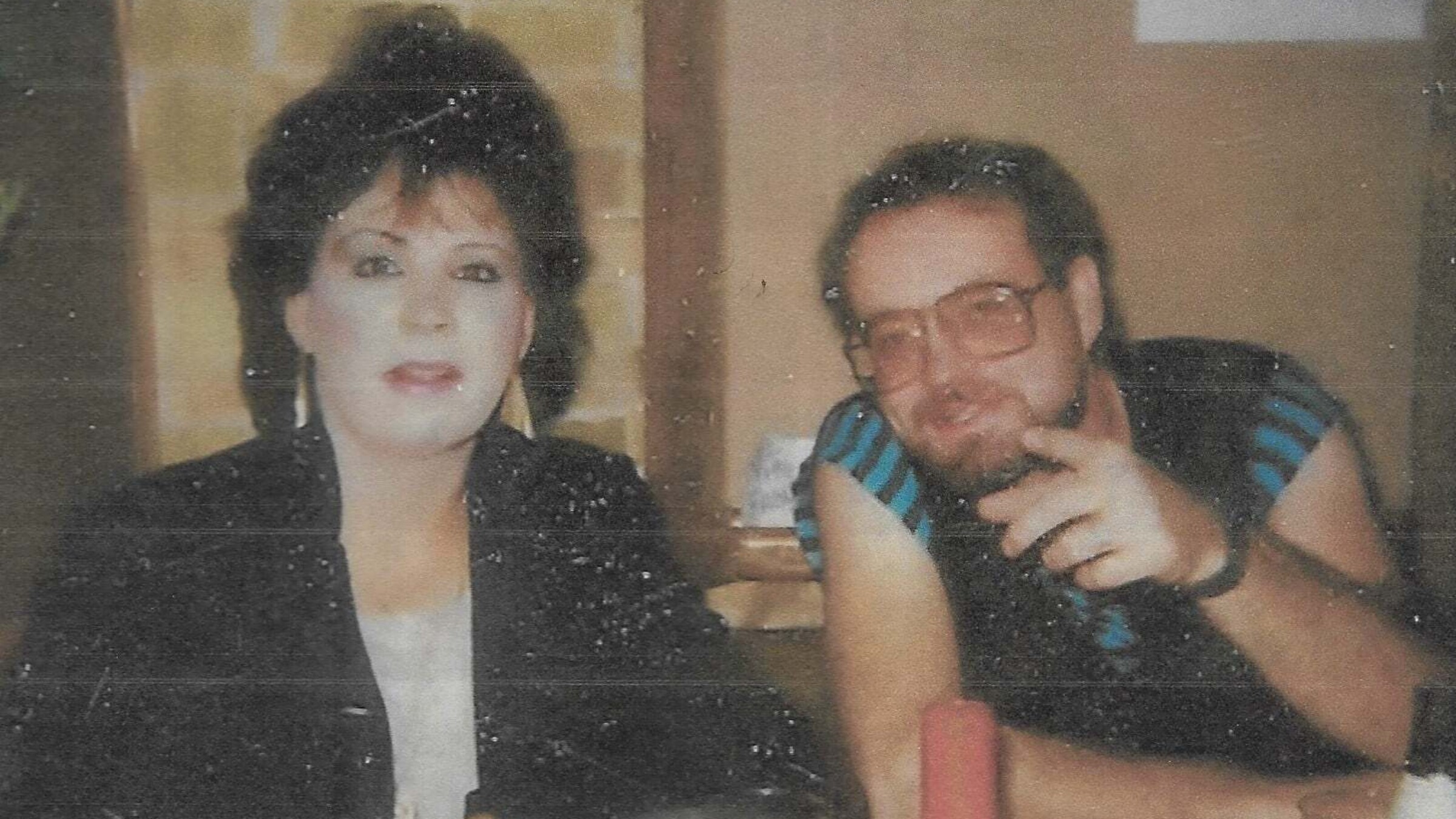 Samantha Stevens and George Prentice
Samantha Stevens and George Prentice
 B.J. Daniels and Samantha Stevens
B.J. Daniels and Samantha Stevens
recent blog posts
December 17, 2025 | Michail Takach
December 16, 2025 | Michail Takach
December 01, 2025 | Dan Fons
The concept for this web site was envisioned by Don Schwamb in 2003, and over the next 15 years, he was the sole researcher, programmer and primary contributor, bearing all costs for hosting the web site personally.
